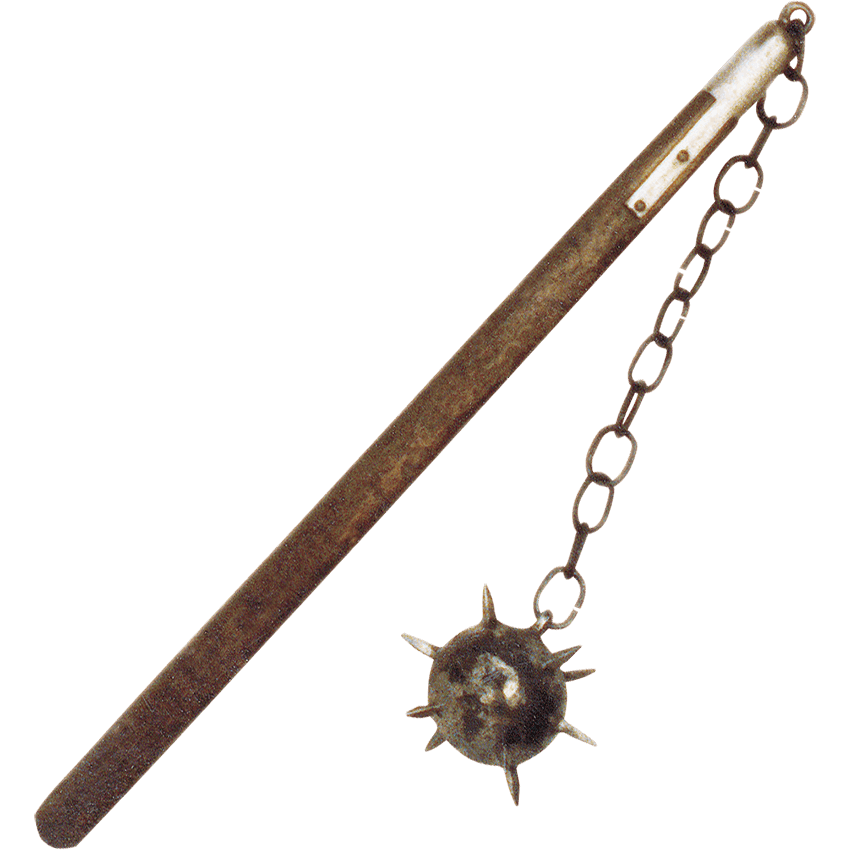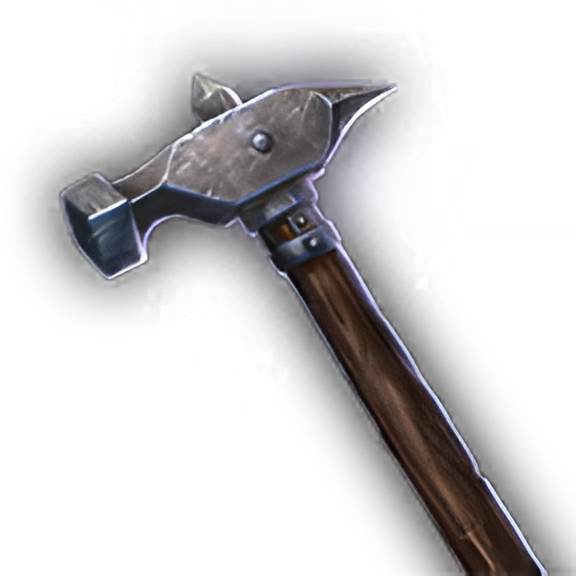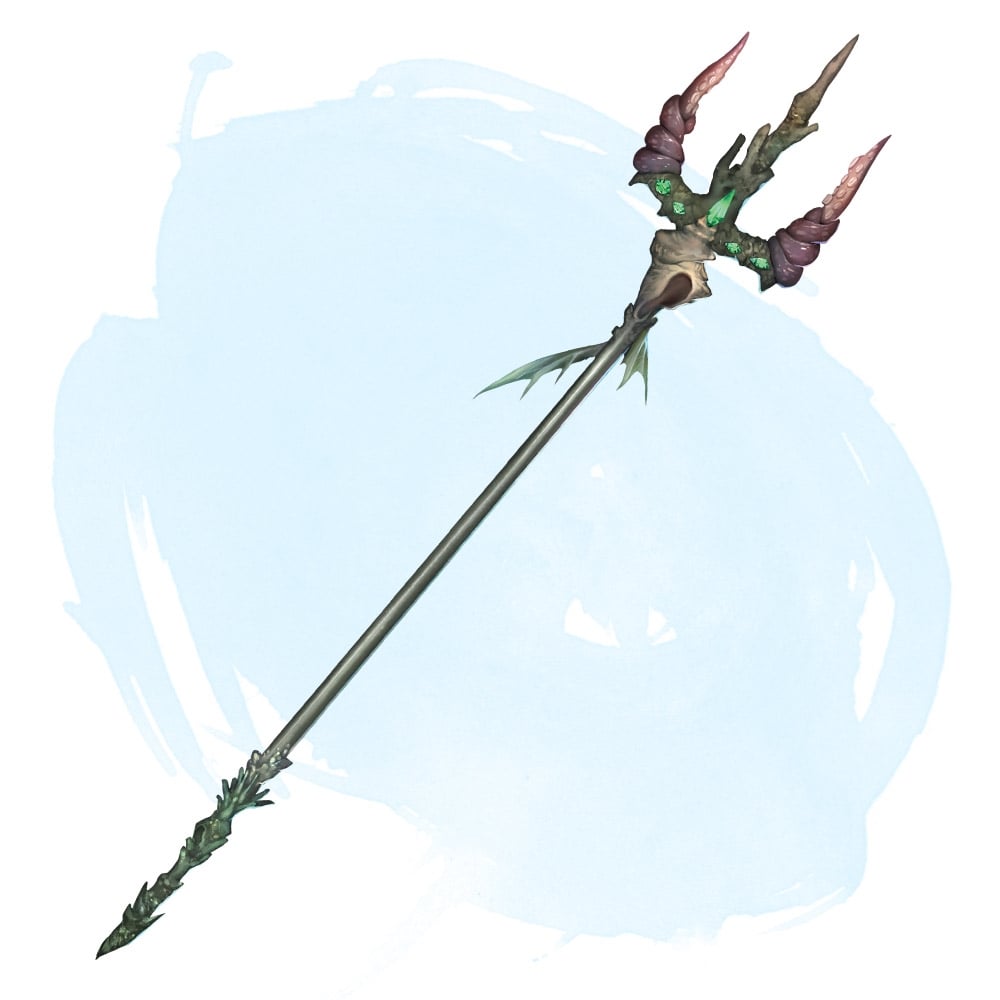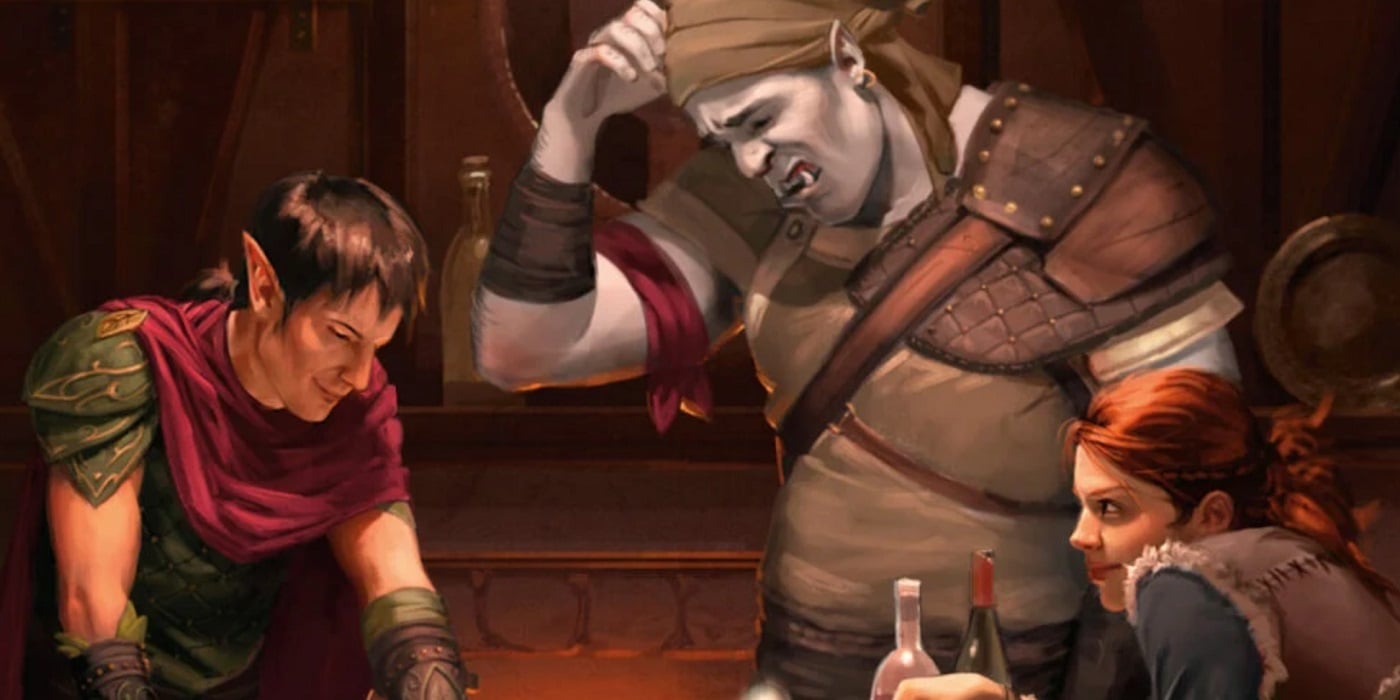D&D: Five Weapons That Just Got a LOT More Appealing
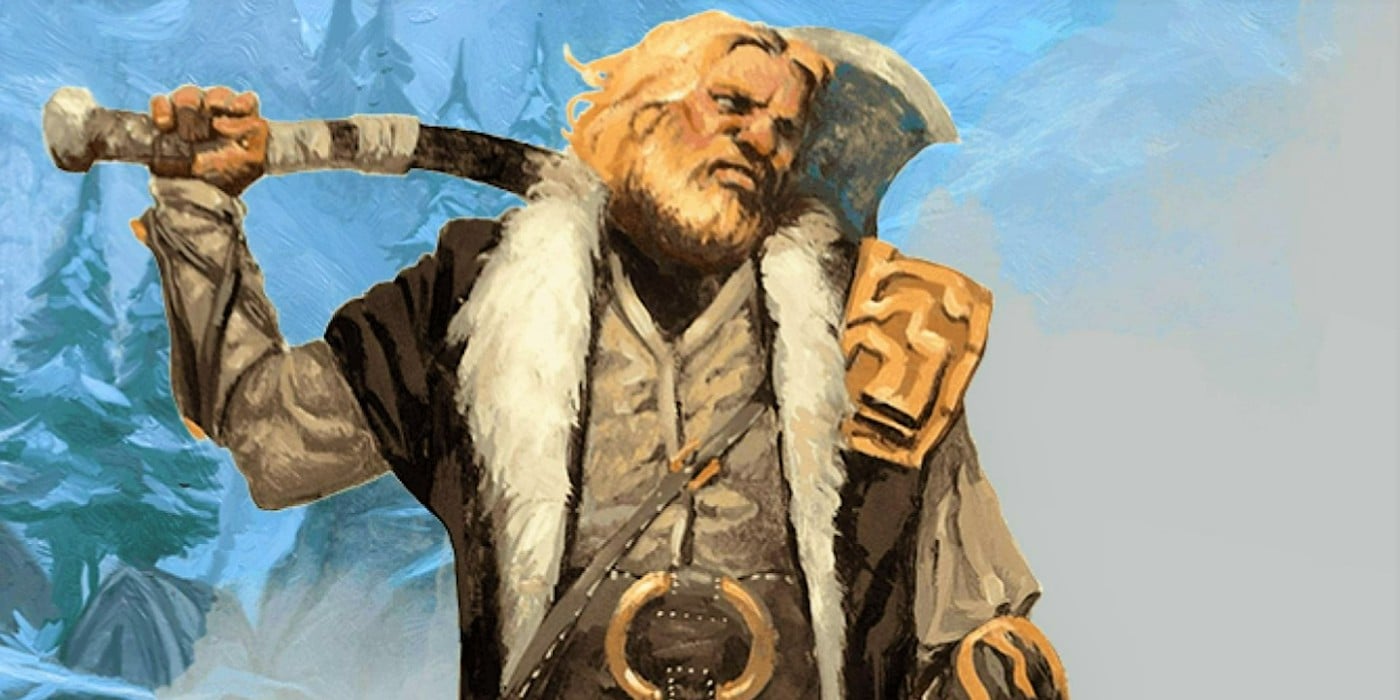
In D&D 5.5E, many weapons got a glow up. Here are five that might be worth actually picking this time around.
Weapons in D&D just got a level up in the new edition rules. All the standard faves are still there, and still good. The Greatsword, the paired Short Swords, the Halberd, and Hand Crossbow all are still there, still good. But some of the more overlooked weapons got a bit of a glow up in the new ruleset. And here’s five D&D melee weapons that may be worth a second look.
Or a third.
Greataxe
The Greataxe is, as the name suggests, a big axe. It does some of the highest damage in the game, swinging in with a hefty 1d12. But it often plays second fiddle to the Greatsword which deals 2d6 damage with each hit. While it has the same damage potential, it offers a lot more consistency—dealing higher average damage. It’s the kind of thing that only math nerds would notice, but this is D&D we’re talking about, and math is a big part of the game.
The Greataxe got a glow up though, that may change your math. Because the Greataxe is one of two weapons in the Player’s Handbook that has the Cleave property. And the Cleave property is pretty spicy—it lets you make a free extra attack once per turn, so long as you hit a creature and another creature is within 5 feet of it (and within your reach). Sure, you only do your weapon damage, no modifier added to it, but that still means that picking a Greataxe can double your weapon damage in the right circumstances.
Flail
When was the last time you ever wielded a flail in D&D? If you played Baldur’s Gate 3, maybe you used the flail wielded by the Gnoll Fang of Yeenoghu that you can encounter early on in Act 1 (a little too early on if you’re an eager map explorer).
But the flail actually has a reason to exist now. Sure it’s a one handed 1d8 weapon which makes it in the same company as a Warhammer or Battleaxe. But flails have the Sap property, which makes them a great defensive option. When you hit someone with a flail, they take Disadvantage on the next attack roll they make before the start of your next turn. Pair a flail with a shield and you can make yourself (or anyone else in the party) harder to hit. At least for a single attack.
Scimitar
Scimitars got an upgrade as well. In 5E, you’d most often see people taking short swords, because they’re cheaper than the other light martial weapons that deal 1d6, making them perfect for dual-wielding. Only now, you might want to reach for a scimitar if you’re dual-wielding. Because scimitars are the only Light Martial Weapon with the Nick property, meaning that you can make an extra attack with a scimitar as part of the attack action, rather than a bonus action. So you’ll want at least one if you want to do some dual wielding fun.
Light Hammer
Along those same lines, Light Hammers are an option you might want to reach for if you’re looking to do some ranged combat. They’re one of the weirder thrown weapons—they do less damage than a javelin, handaxe, or spear. But you might want one in 5.5E, because they’re one of two weapons that can make ranged attacks that has the Nick property. This means that you could potentially dual-wield light hammers at ranged, throwing two hammers (if you have that many on hand) as part of a single attack action (and potentially even doing more with the Enhanced Dual Wielding Feat).
Trident
Finally the humble trident. Tridents got a bad rap in D&D 5E. They were basically like spears, but worse, because they were Martial Weapons and more expensive. There was no reason to pick one unless you were really going for the flavor of it.
But now, in D&D 5.5E these weapons might be worth reaching for. For starters, they now do more damage than spears, dealing 1d8 instead of 1d6. They also can be thrown (20/60) and are the only ranged weapon that has the Topple property, which means you can throw a trident at an enemy and knock them prone, leaving them unable to reach you to retaliate if you’re far enough away – because getting up from prone takes half your speed. So being able to do that at range? That’s one reason to start carrying a trident.
Weapons matter a little more now, and any entry in the equipment list could be worth a second glance!


